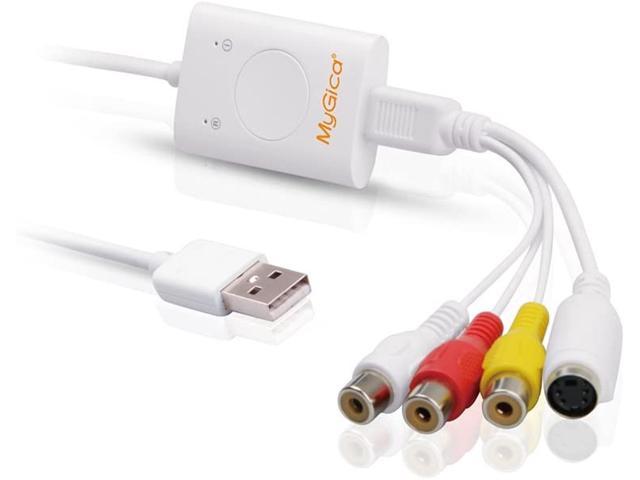
So, there is nothing wrong with the references you have linked to. You can not assume any of these drivers will be installed by running the Windows Support Software application after Windows finishing installing. So some of the necessary drivers probably will only exist in the Windows Support Software. However in your case, the ISO file is a year old and you have the latest 2019 iMac. If your Mac is older than the version of Windows 10 you chose to install, then there is a good chance the necessary drivers already exist in the Windows ISO file you downloaded from Microsoft. Here, I need to explain what "maybe" means. Either could explain why the sound does not work.įirst, the Windows Support Software you downloaded from Apple contains drivers that may need to be made available before Windows finishes installing. There are two major problems with the method you chose to install Windows 10. diskutil partitiondisk disk1 3 GPT "Free Space" "dummy" R ExFAT "WINSTALL" 16G %DE94BBA4-06D1-4D40-A16A-BFD50179D6AC% %noformat% 800Mīasically, the October 2018 release of Windows 10 requires a 16 GB ExFAT formatted volume for the installation files and a 800 MB WRE volume. For example, the command given in step 3 should be replaced by the command given below. The answer shown at this link gives an example of using the Windows CLI to install Windows 10. Possible Alternative Methods to Install Windows 10



In fact, when a video is played the green volumen bars in the audio device driver properties move but there is no sound at all. Windows 10 Device Manager app does not show any problems with the drivers such as yellow triangles or red crosses. Run the Boot Camp Windows Support Software and everything is fine, Apple mouse & keyboard, except audio is missing.

I installed Windows 10 (April 18 update) on external SSD drive that can be selected on the iMac's startup.


 0 kommentar(er)
0 kommentar(er)
